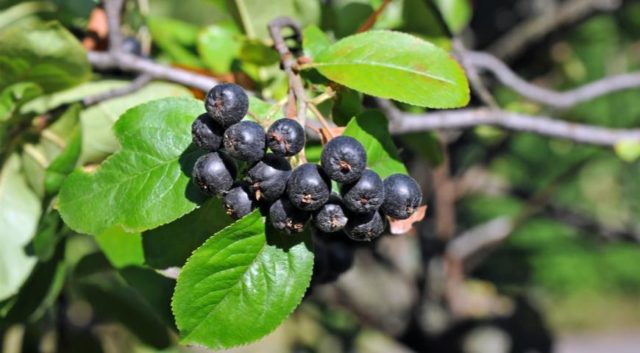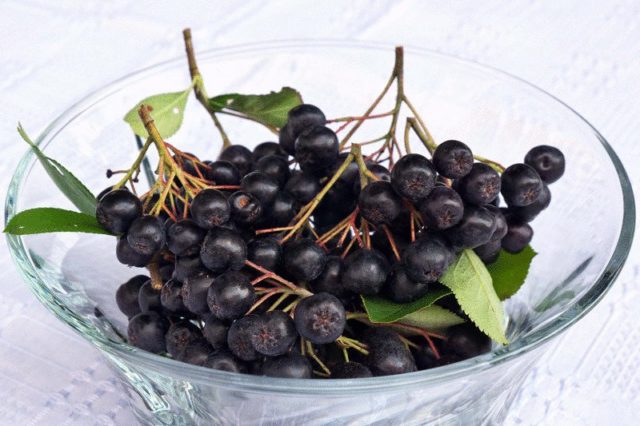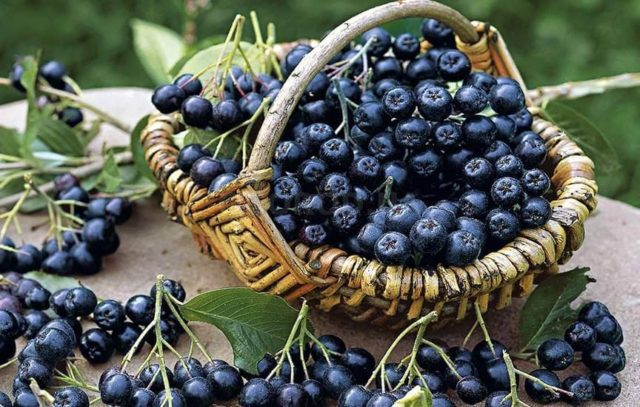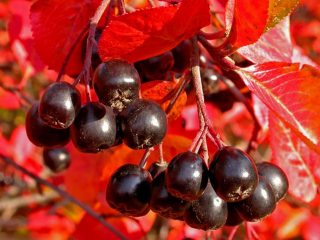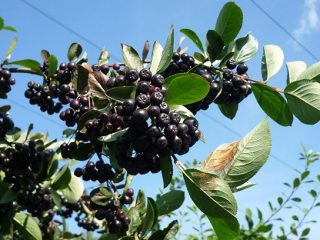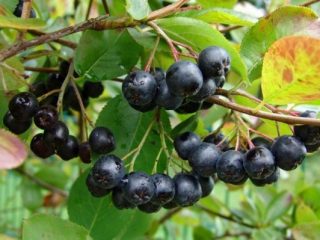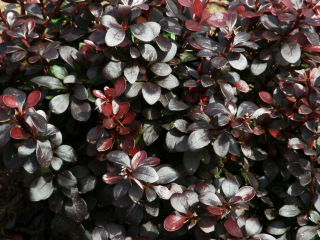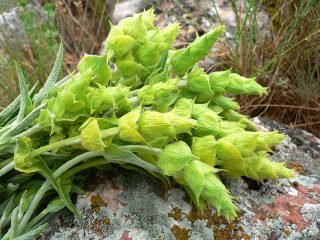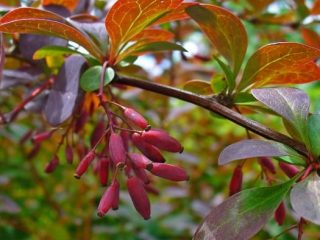Content
The timing of when to collect chokeberries depends on the harvesting purposes and the region. For liqueurs or to decorate preserves, chokeberries can be collected slightly unripe. For further preparation of jelly, jam or drying, you need to wait until the fruits are completely ripe.
When does chokeberry ripen?
The wild ancestor of cultivated varieties of chokeberry is inedible. This is a tart, astringent berry. Cultivated varieties have partially retained the properties of the wild species.
Wild chokeberry is a winter-hardy plant. This quality was noticed by I.V. Michurin, who recommended the fruit shrub for northern fruit growing. Cultivated varieties of chokeberry are now grown in all regions, even in fairly cold regions. But due to the climate, the ripening time of chokeberry varies, although the fruits of this plant have time to ripen even in places where winter comes early.
When to harvest chokeberry
Due to its winter hardiness and similar appearance to the common mountain ash, there is a misconception that the chokeberry becomes sweet only after it has been frozen. In reality this is not the case.It’s just that in many regions where this crop grows, frosts come at the same time that the crop finally ripens. But in the southern regions, chokeberries ripen well even without frost.
Chokeberry ripens starting in August. At this time, the fruits already acquire a black color and are relatively easily separated from the stalks. But the taste of the fruits of a cultivated plant is no different from wild ones.
From September, the amount of astringents begins to decrease, and chokeberry acquires a sweet taste. At this time, chokeberry can be collected for making liqueurs, long-term fresh storage and adding to compotes. For the latter, only a few berries are used, which will add color and an original flavor to the main ingredients of the preservation: apples and pears.
For food, preserves, juices, jams and making wine, you need to pick chokeberry berries from mid-October, when chokeberry is fully ripened. This chokeberry cannot be stored, but it can be dried or frozen. Frozen fruit usually becomes more sour after defrosting, so earlier harvested chokeberries are not suitable for the freezer.
When to collect chokeberry in the Moscow region
The Moscow region is one of the most favorable regions for growing chokeberries. All recommendations for harvesting are based on this region and the rest of the Central Belt of Russia. Therefore, it is necessary to collect chokeberry in the Moscow region without deviating from the recommended time frame.
Since chokeberry is used for different purposes, it must be collected at the most suitable stage of maturity.
When to collect chokeberry in the middle zone
In central Russia, chokeberry ripens, as in the Moscow region. From a climatic point of view, these are the same region. The only difference is that on the southern border of the Middle Zone, chokeberries can be harvested before the onset of frost, but on the northern border frosts may come a little earlier and the crop will have to be removed from under the snow. Such freezing will have a bad effect on the further storage of chokeberry.
Therefore, if you plan to store berries in their “natural” form, it is better to harvest before frost. If your plans include making jam or rubbing with sugar, then you don’t have to rush to collect it.
Harvest dates for chokeberry in other regions
Before October, chokeberries ripen only in the southern regions, where the growing season begins earlier. In the northern regions, in the Urals, Siberia or the Leningrad region, the growing season begins relatively later. Weather permitting, chokeberries will ripen by mid to late October. If the cold weather arrives earlier, you will have to collect frozen, unripe chokeberries. More precisely, the fruits of technical ripeness.
Rules for collecting chokeberry
When harvesting, you need to take into account not only your interests, but also the needs of the plant. Many people prefer to pick only the berries so as not to carry trash home. In addition, the stalks and small branches take up a lot of space. But the bush recovers better if you cut off the entire bunches along with the stalks and small branches on which the bunches grew.
You can harvest chokeberries of technical ripeness from mid-August. At this time, the chokeberry acquires color, but still has a tart, astringent taste.Chokeberry collected at this time can be stored fresh for a long time. Usually the fruits of technical ripeness are collected for sale. Can be used for high-strength liqueurs, in which alcohol “turns off” taste buds and the manufacturer only cares about color. But it’s better to wait until September to collect.
In September, the fruits of chokeberry acquire not only color, but also a sweet and sour taste. At this time, the chokeberry is still hard to the touch. This is the maximum level of ripeness that can be purchased on the market. Various tricks “boil a little before harvesting” relate specifically to this level of chokeberry ripeness. Fruits of “medium level” of ripeness can also be stored fresh for a long time and are suitable for liqueurs with a small percentage of alcohol. The same level is suitable for adding a small amount of berries to canned fruit.
“Mono-processing” is possible after the chokeberry reaches full ripeness. This happens by mid-October. The chokeberry completely gains sugar and becomes soft. To avoid damaging the berries, they must be cut off along with the stalks. Remove excess parts immediately before processing.
Ripe chokeberry can be used to make:
- jam;
- jam;
- juice;
- guilt;
- dried fruits;
- compotes
You can make compotes from ripe fruits without adding other fruits. Ripe chokeberries are also frozen.
Harvest processing
Chokeberry of technical ripeness is not particularly processed. It can be dried, frozen, or preserved in alcohol. But it can also be stored fresh for quite a long time.
Fully ripened fruits must be processed as soon as possible.The soft chokeberry, when damaged, releases juice, which begins to sour. The ripe crop is processed within 1-2 days. The latter is possible if stored in the refrigerator. If you don’t want to bother with jam or juices, chokeberry can be frozen at a temperature of -18 °C.
It must be taken into account that after defrosting, the fruits must be consumed immediately, since the laws of physics also apply to chokeberry. Frozen water damages fruit cells. When defrosted, the chokeberry “deflates” and releases juice.
A good storage method that does not require electricity is drying. Dried fruits can be stored at room temperature. Otherwise, the methods for processing chokeberry are the same as for other fruits.
After cold weather, the fruits are damaged by frost and can only be used for jam or juice.
Conclusion
You need to collect chokeberry for homemade preparations as late as possible. When collecting for sale, it is better to limit yourself to technical ripeness.
